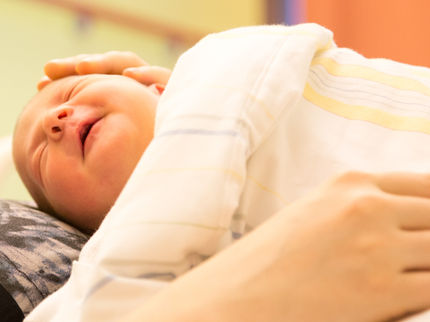Treatment could spur production of insulin in Type 1 diabetes
Advertisement
Combining two different medications could help patients with type 1 diabetes at least partially regain the ability to produce their own insulin, a University of Florida study has shown.
Michael Haller, M.D., a pediatric endocrinologist, likens his approach to treating Type 1 diabetes to a game of cops and robbers. First, he ferrets out problematic cells of the immune system that could be behind a patient’s inability to produce insulin and wipes them out with a medication called Thymoglobulin, a drug initially developed for use in organ transplantation. Then he uses a medication called Neulasta, a drug designed to improve the lives of people with certain forms of cancer, to stimulate the production of new and potentially beneficial immune cells. Haller presented the results of the study at the annual meeting of the American Diabetes Association in San Francisco.
“The treatment is almost like trying to hit the reset button on the immune system,” Haller said. “We’re trying to wipe out the bad cells and stimulate the good cells at the same time.”
Haller treated 17 adult Type 1 diabetes patients for two weeks with the cocktail therapy and then followed them for a year. Another eight patients were given a placebo. By the end of the year, the patients treated with the cocktail had increased their ability to produce insulin. This indicates that the Thymoglobulin was successful in killing the bad immune system cells, and the Neulasta was successful in stimulating new, healthy immune cells. The researchers also say the patients’ ability to produce insulin indicates they had an increase in beta cells, the cells responsible for producing insulin in the pancreas.
According to conventional diabetes wisdom, within just a few months of the onset of Type 1 diabetes, there are very few of the insulin-producing beta cells left in the pancreas, said Mark Atkinson, Ph.D., a co-investigator in this study and member of the department of pathology, immunology and laboratory medicine. That the treatment seemed to stimulate insulin production in people with established Type 1 diabetes made the researchers “cautiously optimistic,” Atkinson said.
The study was also novel in that it worked with patients who had been long diagnosed with the disease. Typically, studies examine patients who are newly diagnosed and still have a reasonable number of beta cells producing insulin. The patients in Haller’s study had been living with Type 1 diabetes between four months and two years.


























































